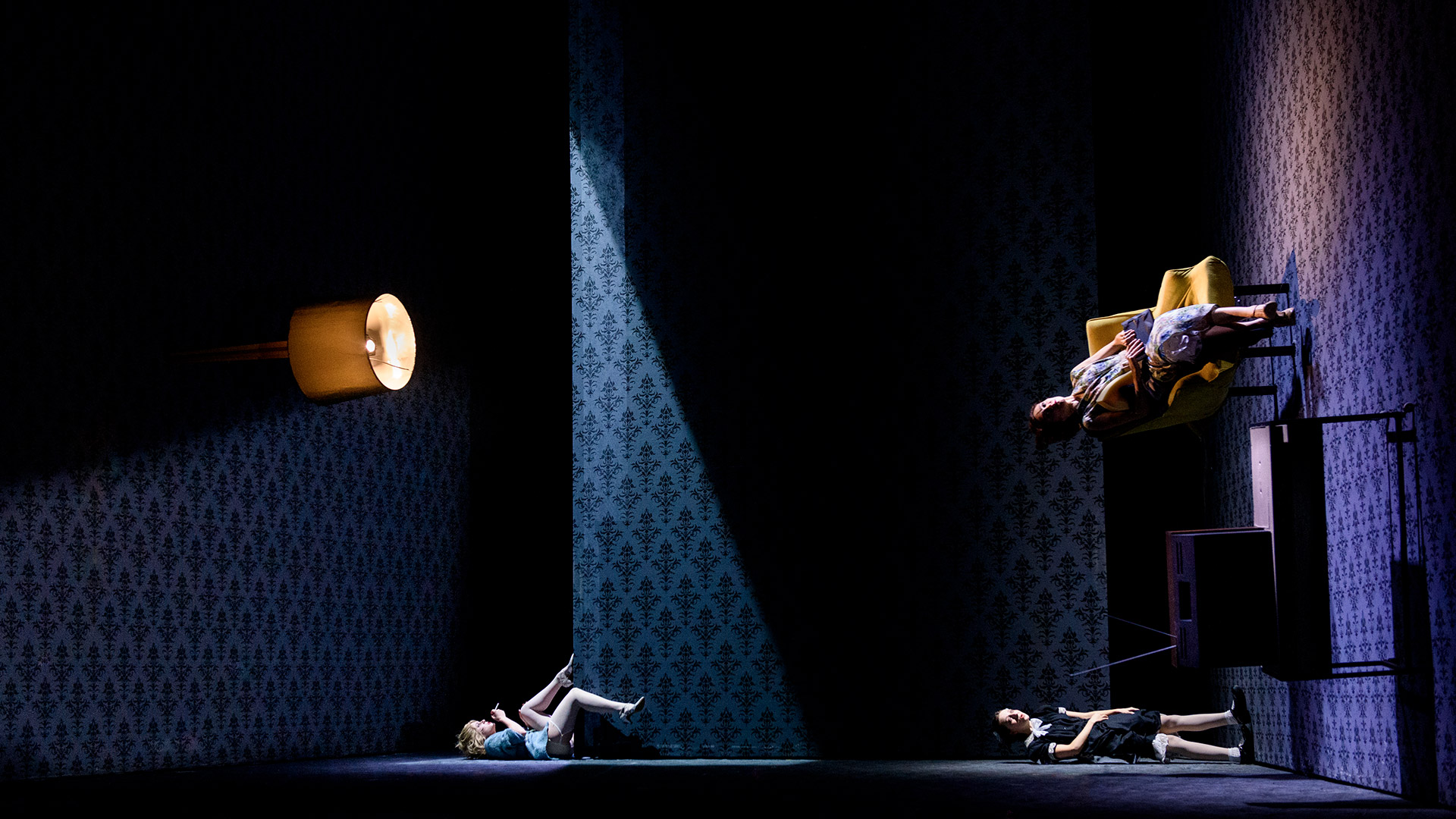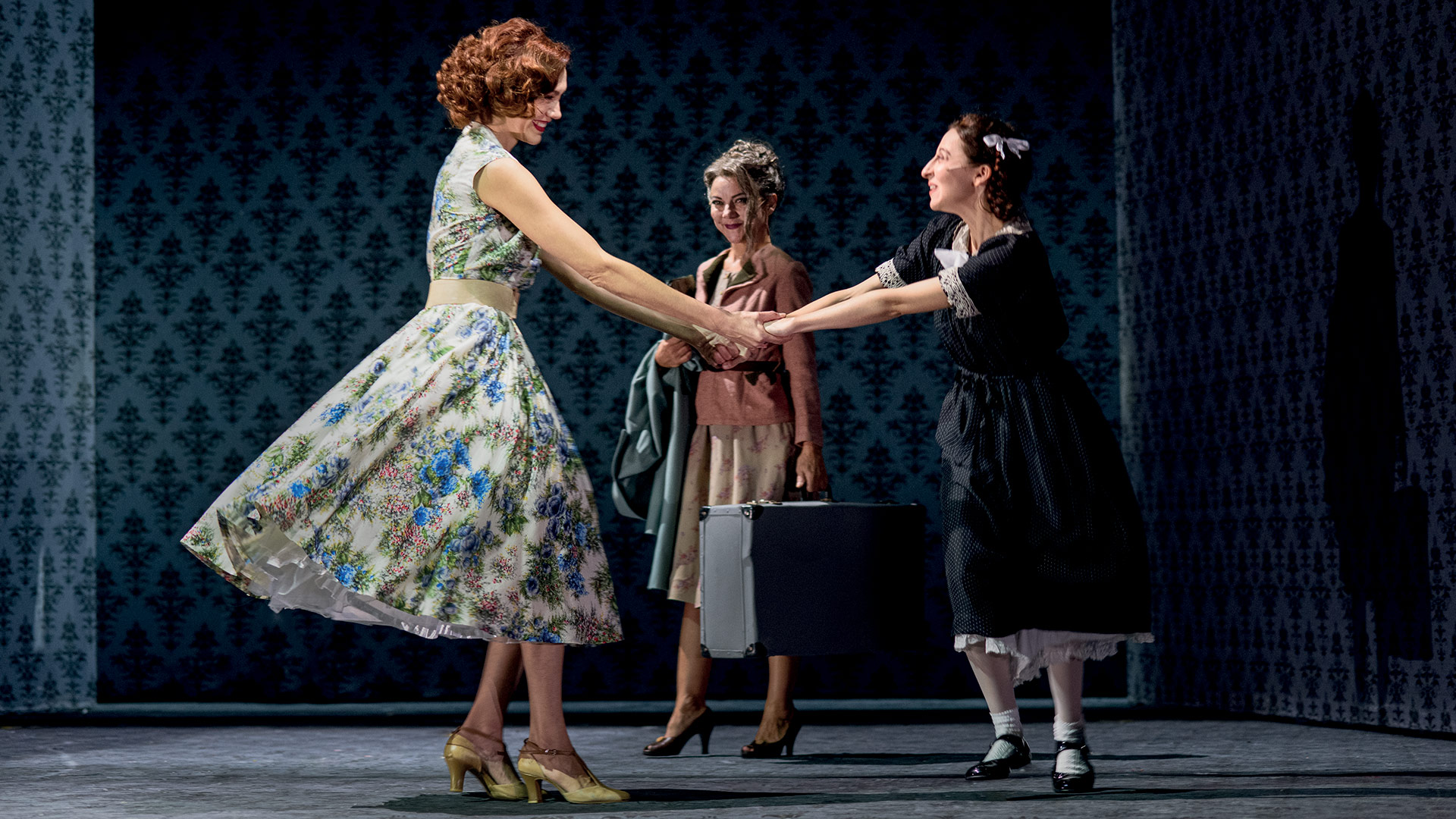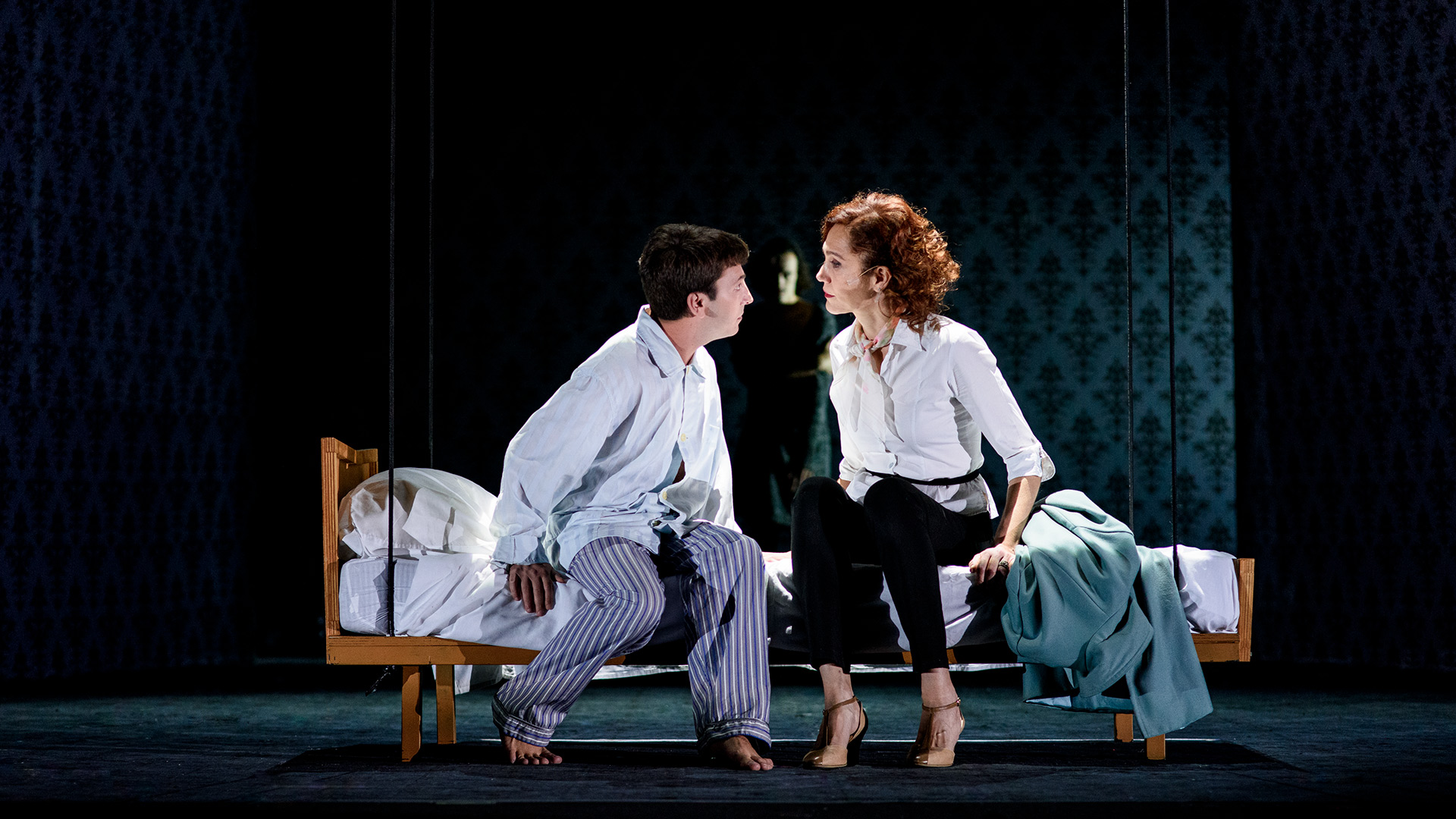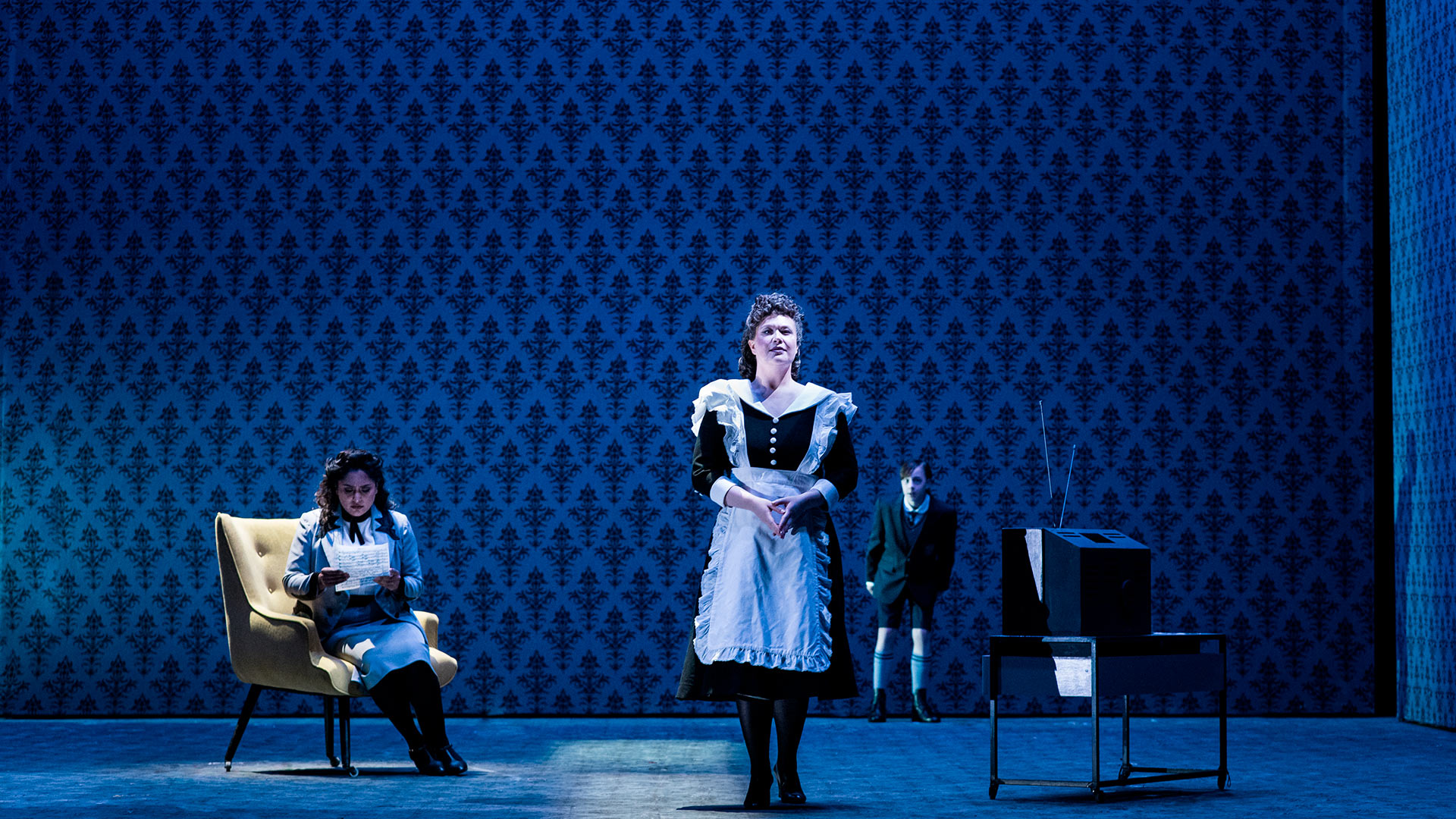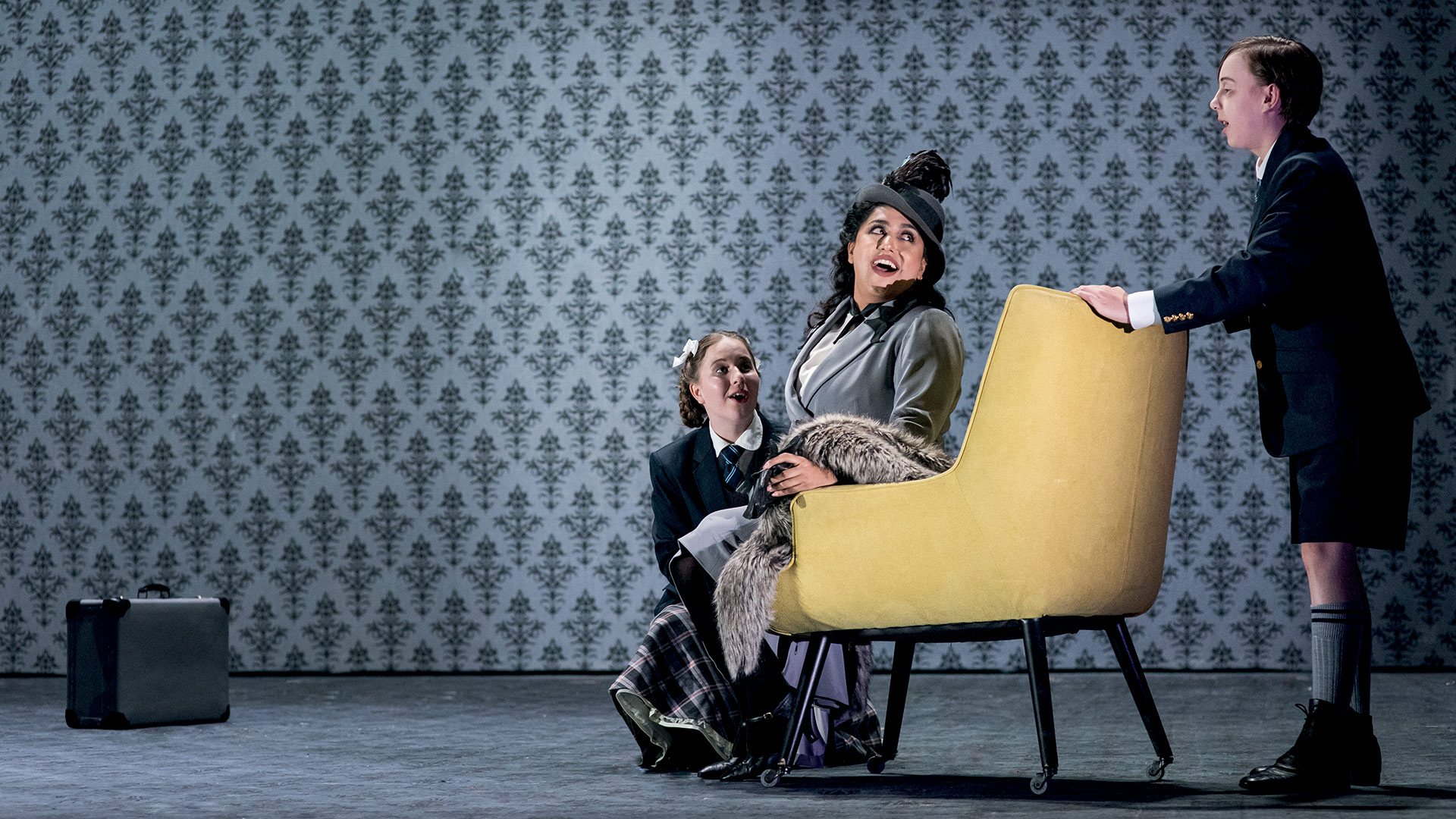IL GIRO DI VITE
From the short story by Henry James, translation and adaptation by Carlo Sciaccaluga
New production of the Teatro Nazionale di Genova in collaboration with the Fondazione Teatro Carlo Felice di Genova
Characters and interpreters:
Governess
Linda Gennari
Mrs. Grose
Gaia Aprea
Peter Quint
Aleph Viola
Miss Jessel
Virginia Campolucci
Miles
Luigi Bignone
Flora
Ludovica Iannetti
Director
Davide Livermore
Scenes
Manuel Zuriaga
Costumes
Mariana Fracasso
Musiche
Giua
Sound design
Edoardo Ambrosio
Lighting
Antonio Castro
Assistant director
Mercedes Martini
THE TURN OF THE SCREW
Opera in one prologue and two acts by Benjamin Britten, libretto by Myfanwy Piper from the short story by Henry James
New production by the Fondazione Teatro Carlo Felice di Genova in collaboration with the Teatro Nazionale di Genova based on the 2017 production at the Palau de les Arts Reina Sofía in València
Characters and interpreters:
Quint
Valentino Buzza
The Governess
Karen Gardeazabal
Miles
Oliver Barlow
Flora
Lucy Barlow
Mrs. Grose
Polly Leech
Miss Jessel
Marianna Mappa
Concertmaster and conductor
Riccardo Minasi
Director
Davide Livermore
Scenes
Manuel Zuriaga
Costumes
Mariana Fracasso
Lighting
Antonio Castro, Nadia García
Orchestra and technicians of the Opera Carlo Felice Genoa
The Opera Carlo Felice and the Teatro Nazionale di Genova will hold a joint opening with the same title, The Turn of the Screw – a short story written by Henry James in 1898 – presenting a theatrical prose adaptation faithful to the original text and the version set to music by Benjamin Britten in a single staging at the Teatro Ivo Chiesa, directed by Davide Livermore, giving the Genoese public the opportunity to see the musical version and the prose version in the same evening. This important initiative is unique at national level and in line with the statutory objectives of the Carlo Felice, aimed at integrated cooperation between cultural institutions.
The Turn of the Screw (Il giro di vite) is an opera in a prologue and two acts composed in 1954 by Benjamin Britten, with a libretto by Myfanwy Piper from the short story of the same name by Henry James. The first performance took place at the Teatro La Fenice in Venice in September of the same year, with Britten conducting the English Opera Group and with Peter Pears in the part of Peter Quint. The play takes up the plot of James, which features a governess, the children entrusted to her, Flora and Miles, the governess Mrs. Grose and two ghosts, Miss Jessel and Peter Quint, who represent two manifestations of Evil. The writer explores themes of childhood, the unconscious and death through a crescendo of disquiet that tragically dissolves only at the end. The structure of Britten’s opera is complex and singular: the prologue, which introduces the characters and the action, is followed by two acts with a symmetrical conformation, each consisting of eight scenes alternating with fifteen musical interludes, variations on the theme set out after the prologue. Each variation changes tonality, according to a motion that ascends along the degrees of the chromatic scale from the key of A minor to the key of A major. The orchestral writing is of great refinement and is articulated through a system of cross-references between themes, colours and timbres aimed at emphasising that same horrific crescendo that determines the dramaturgical action. The Turn of Screw is Britten’s work closest to the models of Bartók and Berg. The experimental character is particularly evident in the structure marked by serialism, where, however, personal and innovative solutions find ample space, making this title one of the most representative of the composer’s musical theatre.
